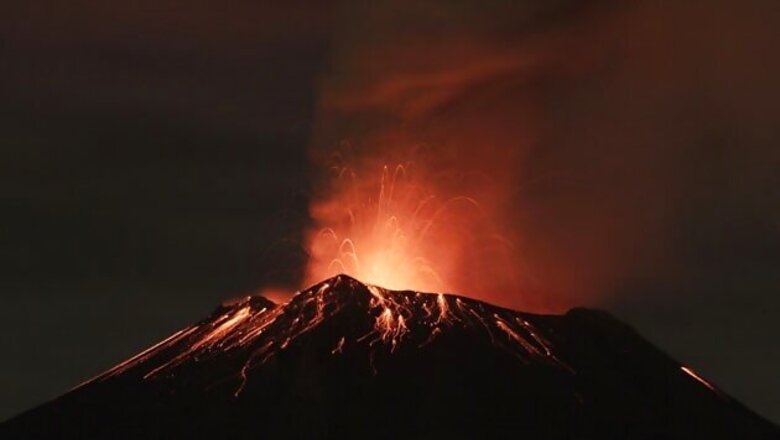
views
London: Scientists have pinned down a volcano in Indonesia as the one responsible for a massive eruption that occurred in the 13th Century.
The Samalas Volcano on Lombok Island, Indonesia, may be behind the mystery event in 1257 which was so large that its chemical signature is recorded in the ice of both the Arctic and the Antarctic, researchers believe.
"The evidence is very strong and compelling," Professor Clive Oppenheimer, from Cambridge University, UK, told the BBC.
"We conducted something similar to a criminal investigation. We didn't know the culprit at first, but we had the time of the murder and the fingerprints in the form of the geochemistry in the ice cores, and that allowed us to track down the volcano responsible," added co-worker Professor Franck Lavigne, from the Pantheon-Sorbonne University, France.
The 1257 eruption has been linked with volcanoes in Mexico, Ecuador and New Zealand.
But these candidates fail on their dating or geochemistry. Only Samalas can "tick all the boxes", researchers said.
The team's studies on Lombok indicate that as much 40 cubic kilometres of rock and ash could have been hurled from the volcano, and that the finest material in the eruption plume would likely have climbed 40 km or more into the sky.
It would have had to be this big in order for material to be carried across the entire globe in the quantities seen in the Greenland and Antarctic ice layers.
Medieval texts describe atrocious weather the following summer in 1258. It was cold, and incessant rains led to flooding.
Archaeologists recently put a date of 1258 on the skeletons of thousands of people who were buried in mass graves in London.
"We cannot say for sure these two events are linked but the populations would definitely have been stressed," Lavigne said.
The study was published in the PNAS journal.


















Comments
0 comment